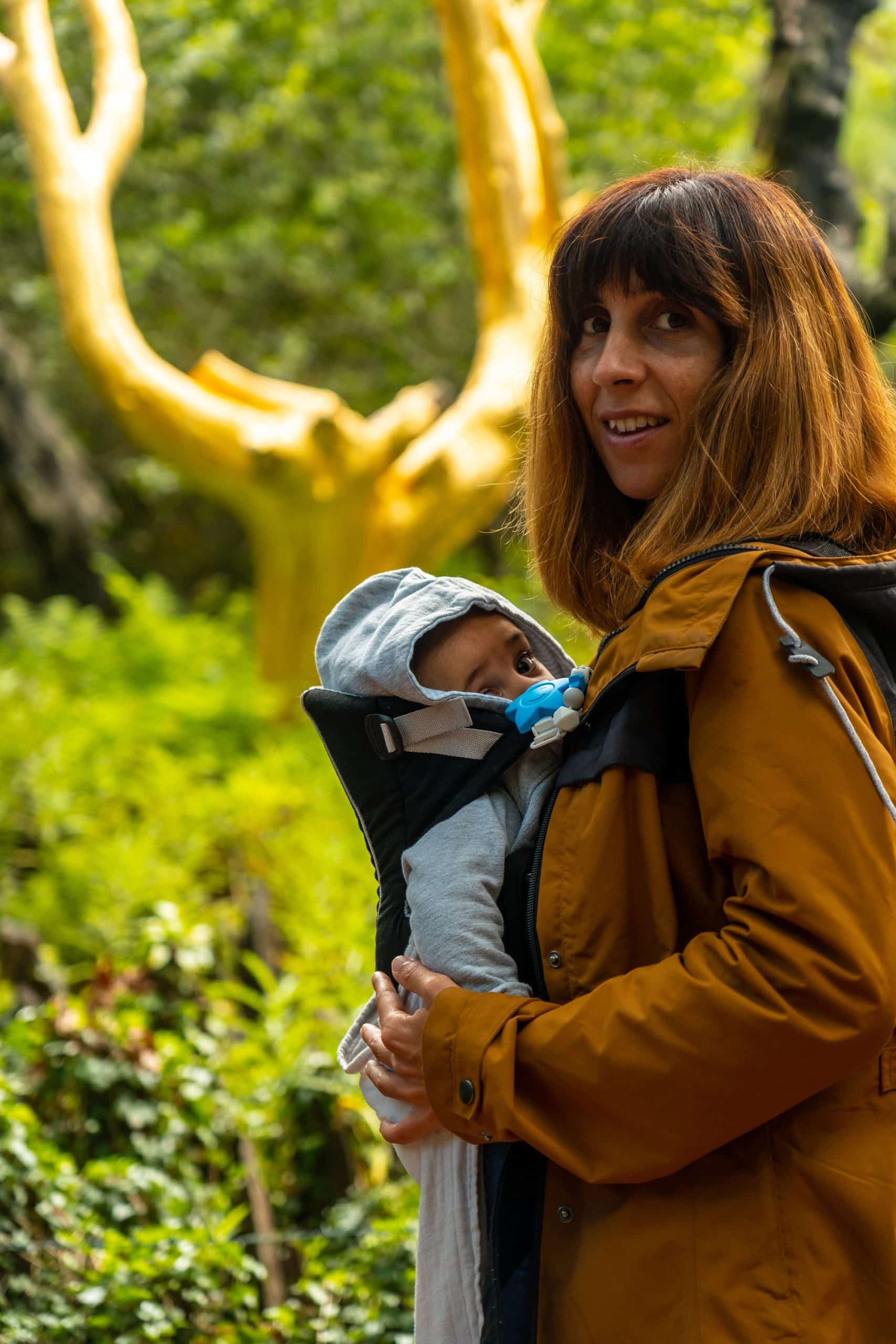Have you ever considered the transformative power of indoor trees? With their towering heights and large, vibrant leaves, they can instantly turn a dull living room into a lively, refreshing sanctuary. However, not all indoor trees thrive under the same conditions. Some require plenty of sunlight, others can tolerate low-light situations. As you embark on a journey to find the ideal indoor trees to create a dramatic focal point in your living room, we’ll guide you through the best trees that flourish under low-light conditions.
Understanding the Basics: Indoor Trees and Light Conditions
Before diving into the list of low-light indoor trees, it’s essential to understand the importance of light for indoor plants. Just like outdoor plants, indoor trees require light to grow. It’s through a process known as photosynthesis that plants convert light into energy, enabling them to sprout, blossom, and grow. However, different trees have distinct light requirements.
In parallel : How to Create an Outdoor Zen Space for Yoga and Meditation?
The light conditions in your living room can be classified as bright, medium, or low. Bright light refers to a sunny window with at least six hours of direct sunlight. Medium light is filtered or indirect light, while low light refers to areas that are far from windows or are exposed to northern light. When selecting indoor trees, it’s crucial to consider the light conditions in your living room.
Best Low-Light Indoor Trees: Making a Bold Statement
So, which trees can thrive in low-light conditions and still make your living room look fabulous? We’ve curated a list of indoor trees that can thrive under these conditions.
This might interest you : What Are the Best Practices for Installing a High-Efficiency Boiler System in an Older Home?
The Majestic Kentia Palm
The Kentia Palm is a popular choice for indoor growing due to its ability to tolerate low light and relatively dry conditions. It boasts a graceful, arching appearance with deep green fronds that create a lush, tropical ambiance. Kentia palms are slow growers and can reach up to 10 feet indoors. They prefer well-draining soil and should be watered thoroughly when the top inch of soil becomes dry.
The Versatile Dracaena
If you’re after a tree with a bit of character, consider the Dracaena. With over 40 different species available, you’re sure to find one that suits your aesthetic. Dracaenas can tolerate a variety of light conditions, including low light. They are known for their long, wide leaves with beautiful color variations. Dracaenas prefer a well-drained soil and need to be watered when the top layer of soil dries out.
Caring for Your Indoor Trees
Even though these indoor trees are able to thrive in low-light conditions, they still require proper care and attention. Here, we’ll provide some general tips on how to maintain and care for your indoor trees.
Watering Your Trees
Overwatering is a common issue for indoor plants. As a rule of thumb, it’s better to underwater than overwater. Generally, you should allow the top inch of soil to dry out before watering your tree again. Be sure to use a pot with drainage holes to prevent water from sitting at the bottom and causing root rot.
Maintaining Optimal Soil Conditions
The soil your tree is planted in is crucial for its survival. Indoor trees typically do best in a well-draining potting mix. Some trees, like the Dracaena, also benefit from a slightly acidic soil pH. Regularly checking and, if necessary, adjusting the pH level of your soil can contribute to a healthier tree.
Expanding Your Indoor Jungle: Other Low-Light Indoor Plants
If you’re eager to expand your collection of indoor greenery, you might want to consider some low-light indoor plants. These plants are perfect for those corners of your living room that don’t get a lot of sunlight but could use a touch of nature.
The Classic Pothos
The Pothos is a classic choice for indoor growing. It’s a hardy, vining plant that can tolerate low-light conditions and irregular watering. Its heart-shaped leaves create a soft, natural look that can complement any living room.
The Resilient Snake Plant
Also known as the Mother-in-Law’s Tongue, the Snake Plant is a great choice for beginners. It’s incredibly resilient and can survive in low-light conditions and with minimal watering. Its vertical growth and striking leaf patterns can add contrast and interest to your indoor garden.
In a nutshell, finding the perfect indoor trees that thrive under low-light conditions might require a bit of research and a keen understanding of your living room’s light conditions. But once you find the perfect fit, the payoff is a dramatic, lush, and lively living space that you and your guests will absolutely love.
The Fiddle Leaf Fig: A Low-Maintenance Indoor Tree
Let’s focus our attention on the Fiddle Leaf Fig. This tree has become an indoor favorite due to its easy care and striking appearance. Plus, it is capable of adapting to lower light conditions, making it an ideal choice for less sunny spots in your living room.
Known scientifically as Ficus lyrata, the Fiddle Leaf Fig gets its unique name from its large, fiddle-shaped leaves. These leaves not only bring a touch of greenery to your living space, but they also add texture and depth, creating a visually appealing impact.
The Fiddle Leaf Fig is not very demanding in terms of care. While it prefers bright indirect light, it can tolerate lower light levels as well. However, a drastic change in light conditions might cause it to drop its leaves. Therefore, it’s best to find a spot for it and then leave it there.
When it comes to watering, this indoor tree prefers its soil to be on the drier side. Wait until the top inch of soil is completely dry before watering thoroughly. However, don’t let the tree sit in water as this can lead to root rot.
Even though it is a low maintenance indoor tree, the Fiddle Leaf Fig can reach a height of up to 10 feet tall indoors. This height, coupled with its dramatic leaves, makes it a perfect focal point for any living room.
The Swiss Cheese Plant: A Unique Indoor Tree for Low Light Conditions
Another great indoor tree for low light conditions is the Swiss Cheese Plant. Also known as Monstera deliciosa, this tree is famed for its unique, split leaves that resemble a swiss cheese, hence the name.
This easy to grow tree is native to tropical forests, where it grows under the canopy of other trees. This means that it’s well-adapted to low light conditions, making it an excellent choice for your living room. It can reach up to 10 feet tall indoors, adding a tropical flair to your space.
The Swiss Cheese Plant prefers a well-draining soil and indirect light. However, it is quite forgiving and can tolerate lower light levels as well. Water your Swiss Cheese Plant when the top inch of soil is dry, and make sure to provide a pebble tray or humidifier to mimic its natural humid environment.
With its distinct leaves and adaptable nature, the Swiss Cheese Plant is sure to add charm and character to your living room.
Conclusion: Creating Your Indoor Jungle
Indoor trees not only bring a piece of nature into your home but also add a dramatic touch to your living space. By understanding the light conditions in your living room and matching them with the right indoor trees, you can create your personal indoor jungle. Whether it’s the lush Kentia Palm, the versatile Dracaena, the low maintenance Fiddle Leaf Fig, or the unique Swiss Cheese Plant, each has its own charm and can adapt to lower light conditions.
Remember, despite their ability to survive in low light, these trees still need proper care. From letting the soil dry before watering, maintaining optimal soil conditions, to providing them with well-draining soil, each step contributes to the overall health and growth of your indoor tree.
So don’t be afraid to experiment and be patient. With time, your indoor trees will grow and adapt to their new environment, rewarding you with a lush, green, and inviting living space. Whether you’re aiming for a tropical ambience or a minimalist room with a bold focal point, there’s an indoor tree suitable for you. The key is understanding your tree’s needs and providing the right care. Happy planting!






